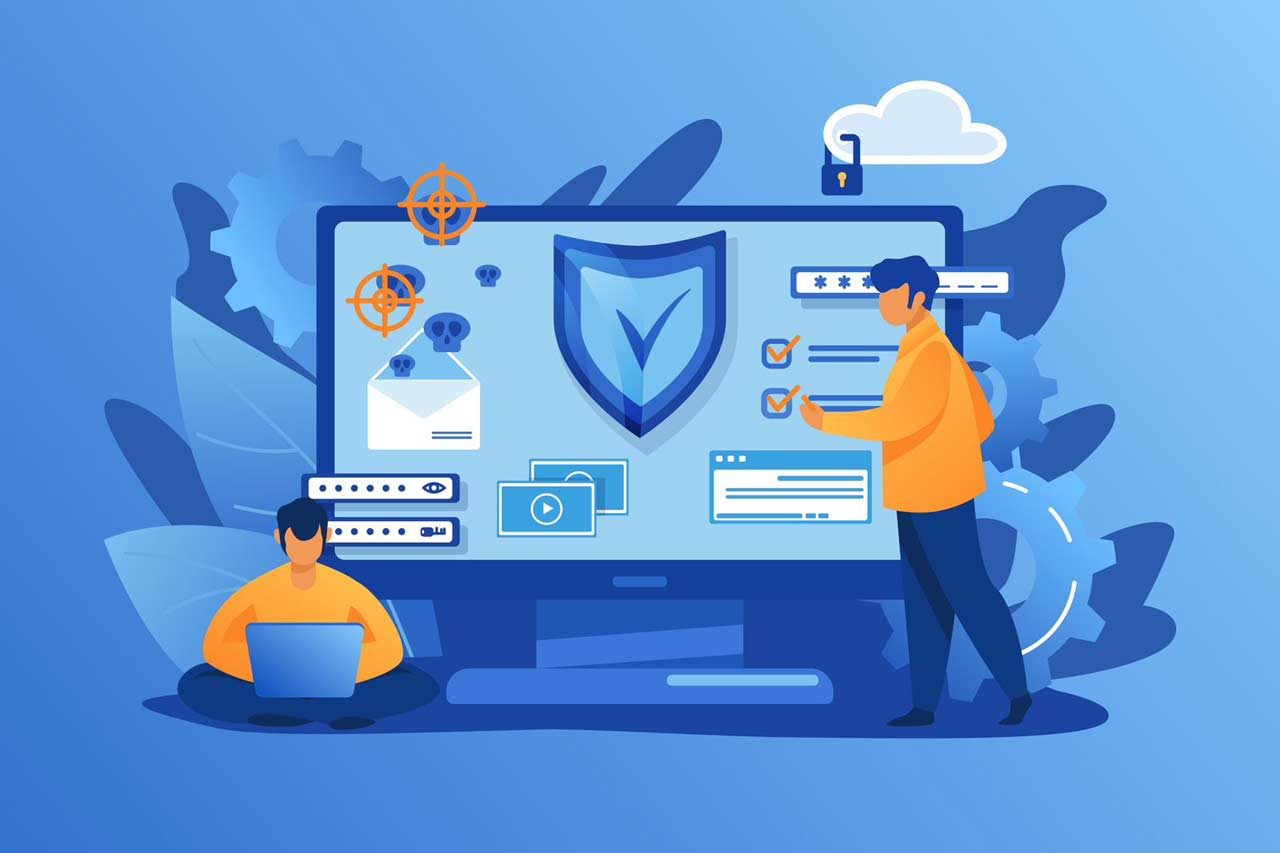
Digital Rights Management (DRM) has become an indispensable tool in the arsenal of content providers, protecting their intellectual property in the digital marketplace.
As the consumption of digital content, from videos to ebooks, continues to rise, understanding DRM and choosing the right DRM provider is crucial for maintaining control over how content is used and distributed.
This blog delves into the concept of DRM, explores its importance, and highlights key considerations when selecting a DRM provider.
Understanding Digital Rights Management (DRM)
DRM refers to a set of access control technologies used to restrict the use of proprietary hardware and copyrighted software. It is a digital lock that prevents unauthorized access to or copying of the digital content.
DRM technologies help content creators, publishers, and distributors protect their digital assets and ensure that their products are used as intended by legitimate buyers.
The Importance of DRM in Content Protection
In today’s digital-first world, where content can be easily duplicated and distributed, DRM serves as a critical tool to prevent revenue loss and protect copyright. It helps content creators:
- Control Distribution: DRM allows content owners to specify who can access their content, when, and under what conditions.
- Prevent Piracy: By encrypting the content and setting access controls, DRM significantly reduces the risk of unauthorized sharing.
- Monetize Content: DRM makes it possible to implement different pricing structures, such as pay-per-view or subscription models, enhancing revenue streams for digital products.
Read Also: How to Fix Disney Plus Error Code 83 on Any Devices?
Key DRM Technologies
There are several types of DRM systems, each designed to cater to specific types of content and platforms:
- Microsoft PlayReady: Widely used for protecting video content delivered through streaming services.
- Apple FairPlay: Used primarily for content distributed through Apple’s iTunes Store and Apple TV.
- Google Widevine: Popular for Android devices, Google Chrome browsers, and services like YouTube and Netflix.
- Adobe Digital Editions DRM: Commonly used for protecting eBooks and PDF documents.
See Also: SwifDoo PDF review: Essential Features and Easy to Use
Choosing the Right DRM Provider
Selecting effective DRM providers is crucial for implementing a DRM solution that aligns with your business needs. Here are several factors to consider:
Compatibility and Integration
The DRM solution should be compatible with a broad range of devices and platforms your audience uses. It should integrate seamlessly with your existing systems to ensure a smooth user experience. Providers that offer flexible APIs and SDKs for easy integration tend to be preferred choices.
Robust Security
The core function of any DRM solution is security. Opt for providers that offer strong encryption methods and have a proven track record of preventing breaches. Ensure that the provider updates their security measures frequently to counter new threats.
Scalability
Your chosen DRM provider should be able to scale with your business. As your audience grows, the DRM solution should handle increased loads without compromising performance or security.
User Experience
While security is paramount, it shouldn’t come at the cost of user experience. A DRM solution should be transparent to users, allowing them to access content easily on their preferred devices without jumping through excessive hoops.
Support and Reliability
Look for DRM providers who offer reliable customer support. Providers should help with the setup and be readily available to handle any issues. Additionally, check for uptime guarantees and service level agreements (SLAs) that assure system reliability.
Cost
Cost is always a consideration. Evaluate the pricing models of different DRM providers to find one that offers the features you need within your budget. Some providers offer pricing based on the number of users or transactions, while others might charge a flat rate.
Conclusion
In the age of digital media, DRM is essential for protecting and monetizing digital content. The right DRM solution helps to safeguard your intellectual property from unauthorized use and distribution, ensuring that your creative efforts yield the maximum possible return.
When choosing a DRM provider, it’s important to consider their technology’s compatibility, security features, scalability, impact on user experience, support quality, and cost. By carefully selecting a DRM provider, content owners can effectively manage their digital rights and continue to thrive in the evolving digital landscape.







